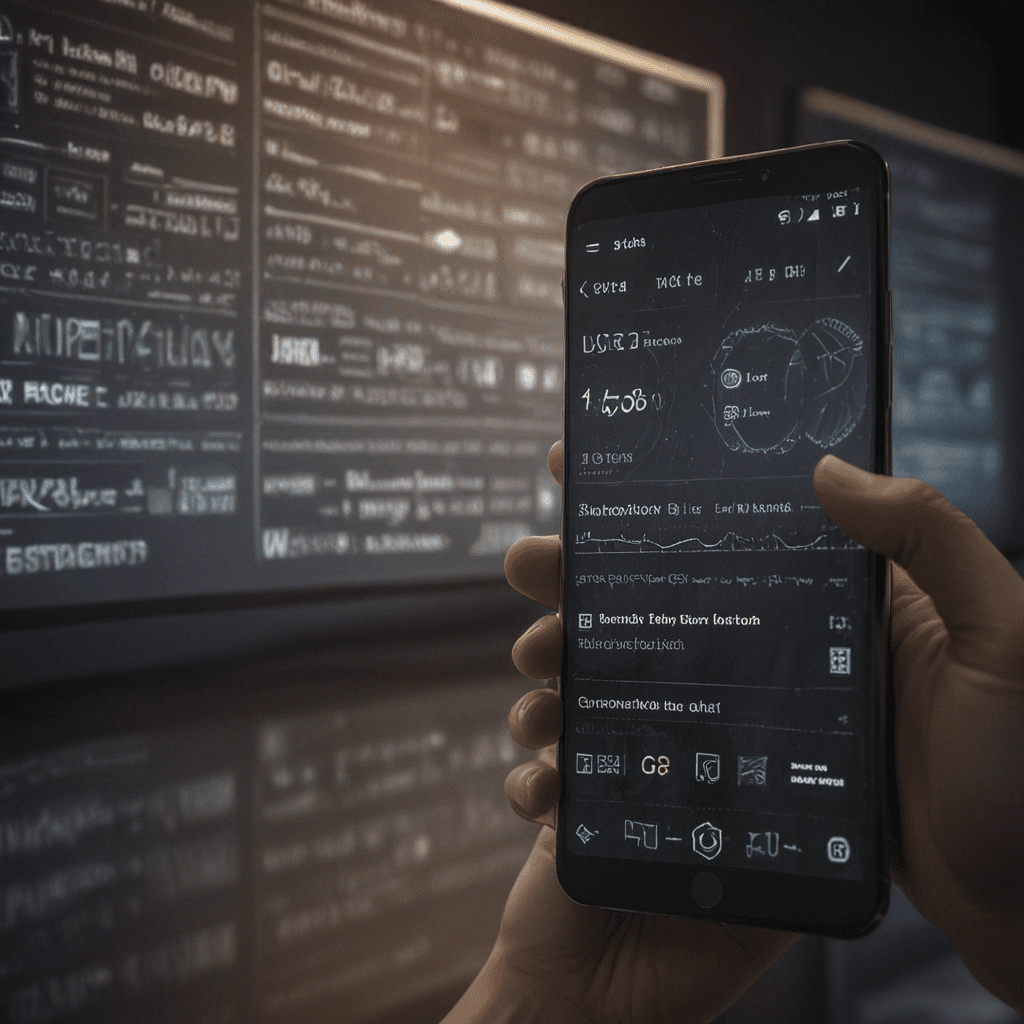
1. Introduction
User-centered UX design prioritizes the satisfaction of users to deliver a pleasant and fulfilling experience. At the core of this approach lies a profound understanding of user expectations. To create intuitive and engaging products, designers must decipher these expectations and integrate them into the design process. This article explores the profound impact of user expectations on UX design, shedding light on the strategies and best practices for managing them effectively.
2. Understanding User Expectations
User expectations stem from various sources, including prior experiences, cultural norms, and marketing messages. Cognitive and behavioral factors also play a significant role in shaping these expectations. By comprehending the origins of user expectations, designers can effectively address them during the design process.
3. The Role of Expectations in UX Design
Expectations serve as a benchmark against which users evaluate their experiences. Meeting user expectations is crucial for delivering satisfactory products, while exceeding them leads to positive surprises and enhanced user loyalty. Establishing clear expectations from the outset ensures users know what to anticipate, minimizing potential disappointment.
4. The Impact of Unmet Expectations
Unmet user expectations can lead to severe consequences for products and businesses alike. Negative user experiences can arise, diminishing user satisfaction and leading to product abandonment. Moreover, unmet expectations can erode trust and credibility, damaging the reputation of the product and its creators.
5. Strategies for Managing User Expectations
Effective management of user expectations involves several key strategies. User research and feedback provide valuable insights into user needs and priorities. Prototyping and testing allow designers to iterate on designs, ensuring they align with user expectations. Finally, clear communication and documentation set expectations from the beginning, avoiding any misunderstandings.
6. The Influence of Cultural and Contextual Factors
Cultural and contextual factors significantly impact user expectations. Different cultures have varying norms and values that influence how users perceive and interact with products. Moreover, the context in which a product is used, such as the device or environment, can also shape user expectations.
7. The Evolution of User Expectations
User expectations are not static but rather evolve over time. Technological advancements introduce new possibilities and raise the bar for user expectations. Changing user behaviors, driven by factors such as social media and mobile usage, also impact the expectations users have for products.
8. The Importance of Continuous Monitoring
To stay abreast of evolving user expectations, continuous monitoring is crucial. Tracking user feedback and metrics provides valuable insights into user satisfaction and areas for improvement. Iterative improvement allows designers to refine products based on user feedback, ensuring they remain aligned with expectations.
9. Best Practices for Incorporating User Expectations
Incorporating user expectations into UX design requires a user-centered approach that prioritizes user needs throughout the design process. Usability testing and validation provide empirical evidence of how well a product meets user expectations, helping designers refine their designs accordingly.
10. Conclusion
Understanding and managing user expectations is paramount for successful UX design. By deciphering the sources of user expectations, employing effective management strategies, and considering cultural and contextual factors, designers can create products that meet or exceed user expectations, fostering user satisfaction, trust, and loyalty.
FAQs
Q: How can I gather insights into user expectations?
A: Conduct user research, collect feedback, and observe user behavior to gain a deep understanding of their needs and expectations.
Q: How do I manage user expectations effectively?
A: Establish clear expectations, prototype and test your designs, and engage in continuous monitoring to refine your products based on user feedback.
Q: How can I ensure that my designs align with user expectations?
A: Conduct usability testing, seek feedback from users, and adopt a user-centered design approach that prioritizes user needs.

